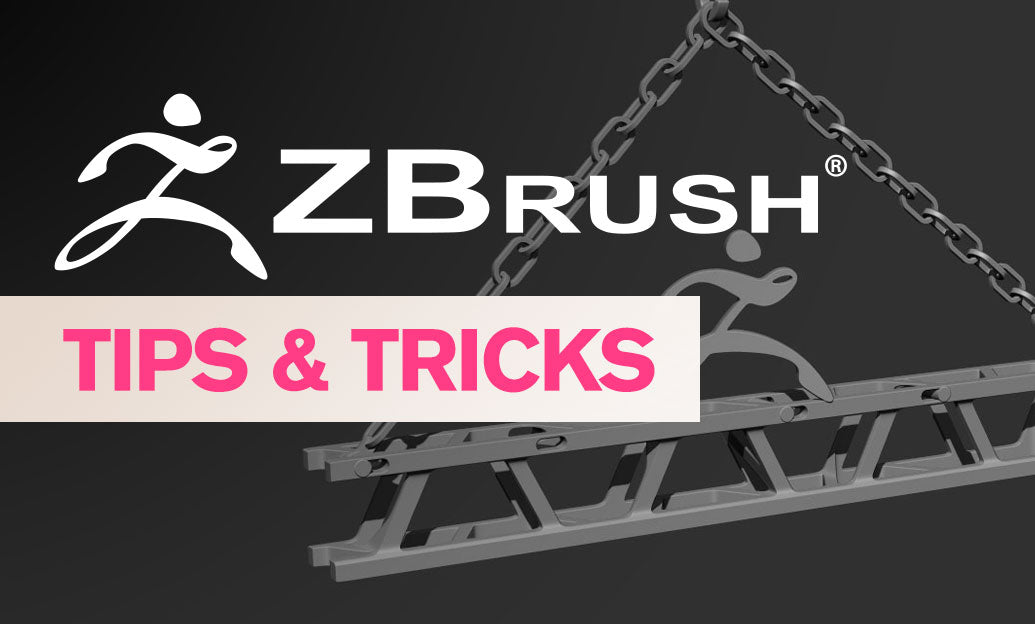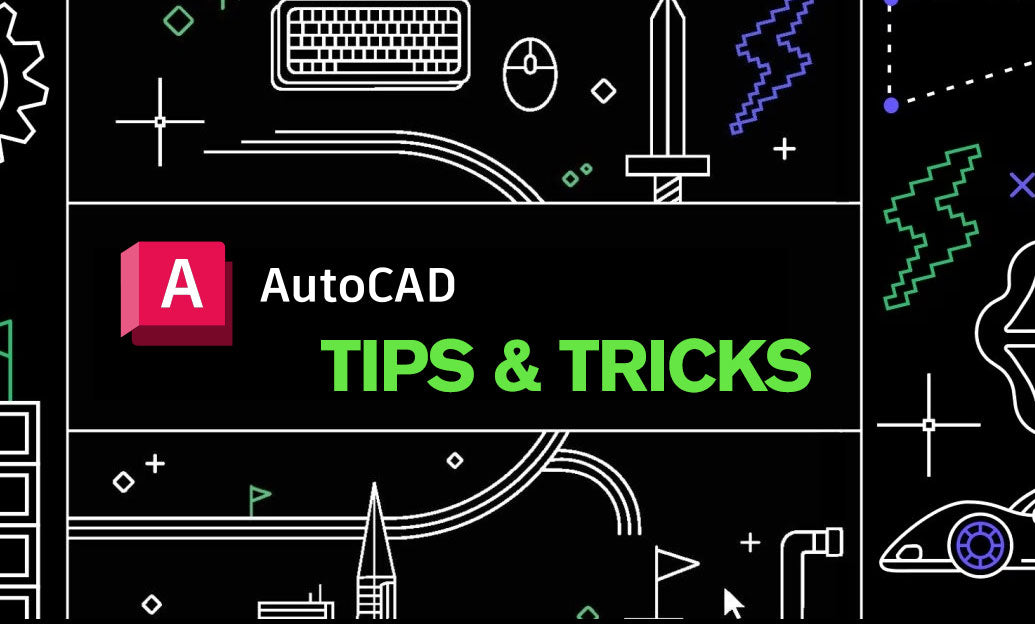Your Cart is Empty
Customer Testimonials
-
"Great customer service. The folks at Novedge were super helpful in navigating a somewhat complicated order including software upgrades and serial numbers in various stages of inactivity. They were friendly and helpful throughout the process.."
Ruben Ruckmark
"Quick & very helpful. We have been using Novedge for years and are very happy with their quick service when we need to make a purchase and excellent support resolving any issues."
Will Woodson
"Scott is the best. He reminds me about subscriptions dates, guides me in the correct direction for updates. He always responds promptly to me. He is literally the reason I continue to work with Novedge and will do so in the future."
Edward Mchugh
"Calvin Lok is “the man”. After my purchase of Sketchup 2021, he called me and provided step-by-step instructions to ease me through difficulties I was having with the setup of my new software."
Mike Borzage
Exploring the Revolution: How AI-Driven Design Tools Are Reshaping Creativity and Efficiency
July 01, 2024 3 min read


Introduction to AI-Driven Design Tools
The evolution of design software has been markedly rapid, transitioning from traditional tools that required extensive manual input to the sophisticated, intelligent systems we see today. At the heart of this evolution is the integration of Artificial Intelligence (AI), a revolutionary technology that is reshaping the landscape of design. AI-driven design tools are transforming the way designers approach their work, offering unprecedented efficiency, fostering creativity, and paving the way for innovation across disciplines.
AI's role in design software is not just an incremental step forward; it represents a seismic shift in the capabilities available to designers and engineers. With AI, the design processes are becoming more intuitive, allowing for a more fluid translation of ideas into tangible outputs. The impact of these tools extends beyond simple time-saving measures, opening up new possibilities for what can be achieved in design.
Key Features and Capabilities of AI-Driven Design Tools
The capabilities of AI-driven design tools are vast and varied, targeting different aspects of the design process to enhance output and efficiency. Among these capabilities are:
- Intelligent automation features: This includes automated drafting and design suggestions, which significantly reduce the manual effort involved in creating initial models and iterations.
- Machine learning algorithms: These algorithms excel in pattern recognition, optimization, and predictive outcomes, enabling designs that are not only innovative but also optimized for performance.
One of the most exciting applications of AI in design is in the realm of generative design. This approach leverages AI to explore all the possible permutations of a solution, quickly generating design alternatives that meet specific criteria and constraints. This is particularly beneficial in product design and architectural projects, where it can lead to more innovative and efficient outcomes.
Benefits and Challenges
The adoption of AI-driven design tools brings with it a host of benefits. These tools can lead to significant time savings by automating routine tasks, thereby allowing designers to focus more on creative aspects of their projects. Furthermore, the precision and efficiency offered by AI contribute to enhanced creativity, as designers can rapidly experiment with and evaluate different options. Precision, another hallmark of AI applications, ensures that designs are optimized for both performance and aesthetics.
However, integrating AI into design software is not without its challenges. These include a steep learning curve for users not familiar with AI concepts and potential data privacy concerns related to the input and output data used by AI systems. Despite these hurdles, the design community is increasingly embracing AI-driven tools, investing in training, and integrating these tools into their workflows to leverage the benefits they offer fully.
- Time savings
- Enhanced creativity
- Increased precision
The Future of Design with AI
The future of design with AI looks promising, with advancements likely to further enhance the collaboration between AI and human designers. One of the key predictions for the future is the increased democratization of design through AI. User-friendly interfaces and automated processes could make design tools accessible to a broader range of users, potentially transforming the field by enabling more people to contribute to design processes.
Moreover, ethical considerations and the balance between automation and human creativity will remain critical discussions as AI becomes more ingrained in the design field. The challenge will be to ensure that AI serves as a tool that augments human capability without overshadowing the creativity and insight that professionals bring to the table. In the end, the goal of integrating AI into design software is not to replace human designers but to empower them to achieve more, pushing the boundaries of what can be imagined and created.
Also in Design News

ZBrush Tip: Enhancing Fabric Sculpting Skills in ZBrush: Tips and Techniques
October 22, 2024 2 min read
Read More
V-Ray Tip: Mastering Subsurface Scattering in V-Ray for Realistic Rendering
October 22, 2024 2 min read
Read More
AutoCAD Tip: Efficiently Integrating PDF Underlays into AutoCAD Workflows
October 22, 2024 2 min read
Read MoreSubscribe
Sign up to get the latest on sales, new releases and more …


